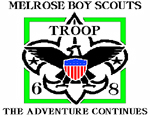Surprise At The Museum
stevejb68 on May 8, 2012 in Lessons, Memorabilia, Nostalgia, safety, story No Comments »It is amazing the things you can discover while visiting a museum. Yesterday, Monday, May 7th, the Boy Scouts of Melrose Troop 68 had a field trip at the Melrose Area Historical Museum. While we were there we took a look at the Scouting display and saw some new items added since the troop visited two years ago. Some of these items came from the first Eagle Scout of Melrose, Minnesota. His name was John Johnson. He earned his Eagle Rank in 1966.
As John got older he joined the Explorer Scout Post in town. One day he saved the life of a young child who was playing on the train tracks. John received the B.S.A.’s Honor Metal for his quick action. Boy’s Life magazine, the official publication of the Boy Scouts of America, was notified about this. John was featured in the magazine during the mid-1960’s on the “Scouts In Action” page. A copy of the page from Boy’s Life is found in the museum.
I knew that John Johnson was the first Eagle Scout of Melrose. In fact, he was a guest speaker at an Eagle court of honor in 1992. But I never knew he saved a young child’s life and that he was mentioned in Boy’s Life magazine. Amazing what a person can discover at a local museum, isn’t it?
Here is a photo of the Boy’s Life page found at the Melrose Area Historical Museum.
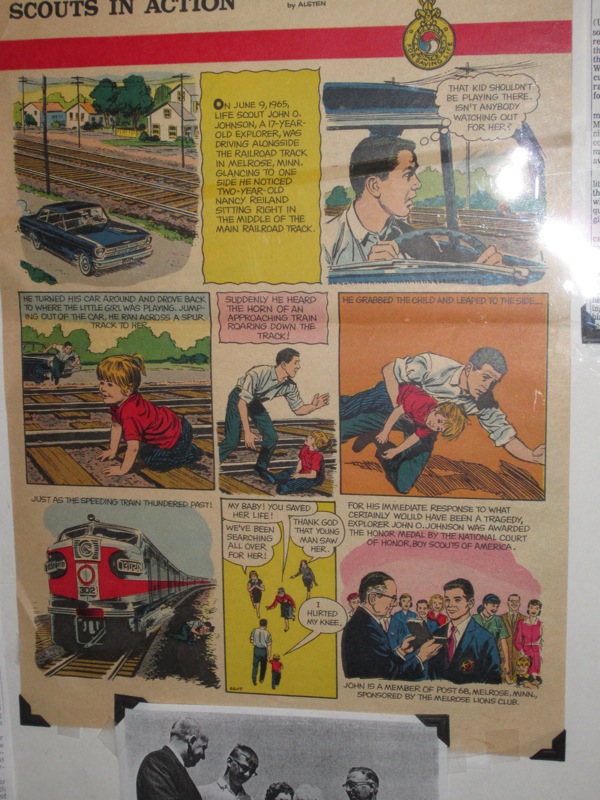

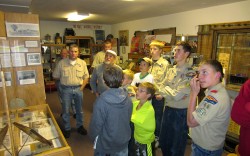
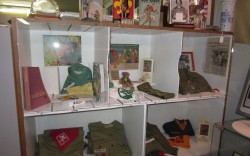
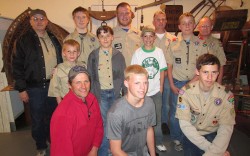
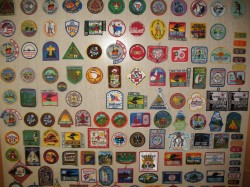
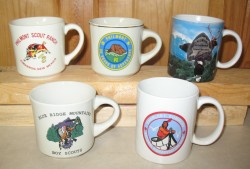
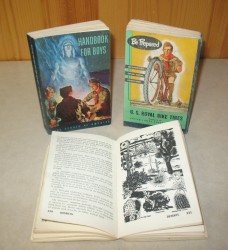
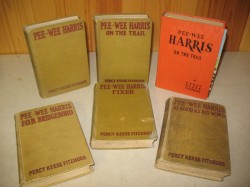
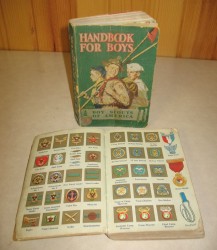
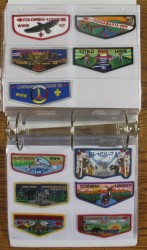
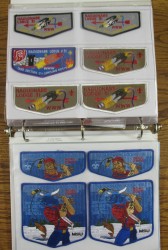 If you have been following me on this blog, you know I like to collect Scouting patches. On this Memorabilia Monday I would like to present my collection of Order of the Arrow lodge patches. Of course, I am not going to show the whole collection. I will highlight just a few of them.
If you have been following me on this blog, you know I like to collect Scouting patches. On this Memorabilia Monday I would like to present my collection of Order of the Arrow lodge patches. Of course, I am not going to show the whole collection. I will highlight just a few of them.